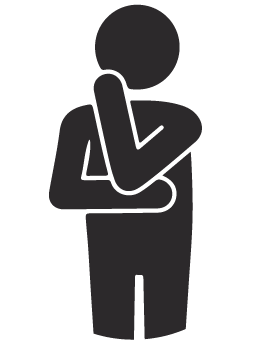The Know AML website uses a third-party service provided by Google that dynamically translates web content. Translations are machine generated, so may not be an exact or complete translation, and Know AML cannot guarantee the accuracy of translated content. Know AML and its employees will not be liable for any direct, indirect, or consequential damages (even if foreseeable) resulting from use of the Google Translate feature. For further support with Google Translate, visit Google Translate Help. The interviews webpage also uses YouTube, where subtitles and translations are generated automatically by AI; please be advised to exercise caution when precise interpretation is required. For further support with YouTube, visit YouTube Help.
Remission
Updated March 4, 2025
A patient is said to be in ‘remission’ once there are no detectable leukemia cells in the blood and bone marrow and when blood cells are returning to normal levels. Around 2 in 3 patients with acute myeloid leukemia achieve complete remission after their initial treatment, which is a sign that that the therapy has been effective in killing the abnormal cells.
However, low levels of cancer cells can go undetected while patients are in remission, making it important to continue with treatment as advised by your leukemia specialist. While in remission, it is also essential that patients remain under close observation and attend regular follow-ups, so that if acute myeloid leukemia returns, it is detected early. Read more about acute myeloid leukemia relapse here.
References
American Cancer Society. Treatment Response Rates for Acute Myeloid Leukemia (AML). https://www.cancer.org/cancer/acute-myeloid-leukemia/treating/response-rates. Accessed Mar 4, 2025.

Having watched this video, do you feel more knowledgeable about acute myeloid leukemia remission?
